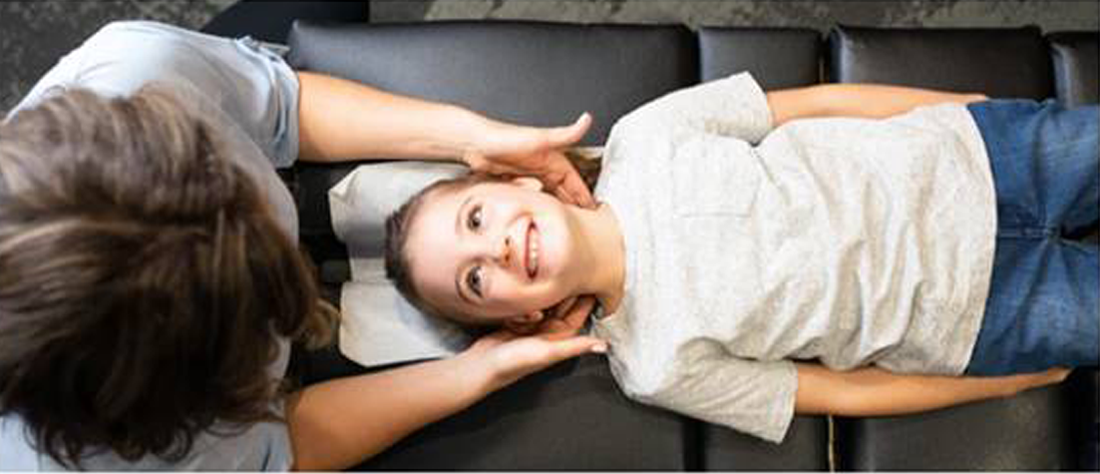Running Exercise Strengthens the Intervertebral Disc
SOURCE: Scientific Reports 2017 (Apr 19); 7: 45975 ~ FULL TEXT
Daniel L. Belavý,a, Matthew J. Quittner,
Nicola Ridgers, Yuan Ling,
David Connell, and Timo Rantalainen
Deakin University,
School of Exercise and Nutrition Sciences,
Institute for Physical Activity and Nutrition,
221 Burwood Highway,
Burwood, Victoria, 3125, Australia.
There is currently no evidence that the intervertebral discs (IVDs) can respond positively to exercise in humans. Some authors have argued that IVD metabolism in humans is too slow to respond anabolically to exercise within the human lifespan. Here we show that chronic running exercise in men and women is associated with better IVD composition (hydration and proteoglycan content) and with IVD hypertrophy. Via quantitative assessment of physical activity we further find that accelerations at fast walking and slow running (2 m/s), but not high-impact tasks, lower intensity walking or static positions, correlated to positive IVD characteristics. These findings represent the first evidence in humans that exercise can be beneficial for the IVD and provide support for the notion that specific exercise protocols may improve IVD material properties in the spine. We anticipate that our findings will be a starting point to better define exercise protocols and physical activity profiles for IVD anabolism in humans.
From the Full-Text Article:
Background
There are more articles like this @ our:
We expect that tissues will adapt to loads placed upon them. Wolff [1] described the theory of bone adaptation to loading. In the intervening years, evidence [2] has been obtained as to which loading protocols are beneficial (osteogenic) for bone. For the intervertebral disc (IVD), little is known about what loading protocols are beneficial for IVD tissue and cause anabolism in humans. We have good knowledge of loading types that are more likely to damage lumbar IVD tissue in humans, such as flexion of the spine with compression [3], torsion [4] or to damage to the vertebral end-plate via axial compression [3] with subsequent IVD degeneration. [5] Whilst this information can inform what activities people should avoid to preserve IVD integrity, it does not inform us on exercise or habitual physical activity to “strengthen” the IVD. Furthermore, data [6] on turnover rates in the IVD, lead to the assumption that positive adaptation in the mature IVD is unlikely to occur during the normal human lifespan.
Currently we rely on data from animal, IVD cell and IVD tissue models to suggest what kind of loading might be beneficial for the human lumbar IVD. These models suggest [7] that a “likely anabolic loading window” for the IVD exists: dynamic loading of 0.2–0.8 MPa, generating intra-discal pressures of approximately 0.3–1.2 MPa, at 0.1 to 1 Hz for approximately eight hours a day. Given human data on intra-discal pressures in different activities [8], this could [9] be extrapolated to suggest that walking or running exercise is likely anabolic for the IVD. Quadrupedal treadmill running exercise in rodents [10, 11] can have a positive impact on the rodent IVD. However, directly applying loading thresholds and protocols from animal models to humans is problematic [12] and there is no evidence yet [9] of a beneficial effect of exercise on the IVD in humans. We aimed to determine whether beneficial effects on the IVD of exercise can be seen in humans and what loading patterns this might entail.
Our hypothesis was that people who perform regular upright running activity will show better IVD tissue quality, as shown by higher T2-times [13] in their lumbar IVDs, than people who are healthy with no history of spinal disease, but otherwise not physically active. We also hypothesised that there would be a dose-response effect of different volumes of running. Furthermore, to better understand what types of physical activity are likely beneficial for IVD, we explored the relationship between habitual physical activity, as measured by objective accelerometry, and IVD characteristics. To reduce the confounding influence of normal aging on our findings, and given evidence [9] that IVD maturation is still in process in the third decade of life, we included women and men aged 25–35 years. It is also not clear how long is required before the IVD might show a measurable adaptation to exercise, and we therefore recruited only people with a minimum of 5 years history at their current physical activity level: either no sport (referents), 20–40 km per week running (joggers), or 50 + km per week running (long-distance runners).
Read the rest of this Full Text article now!





Leave A Comment